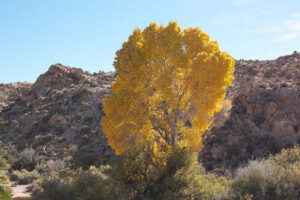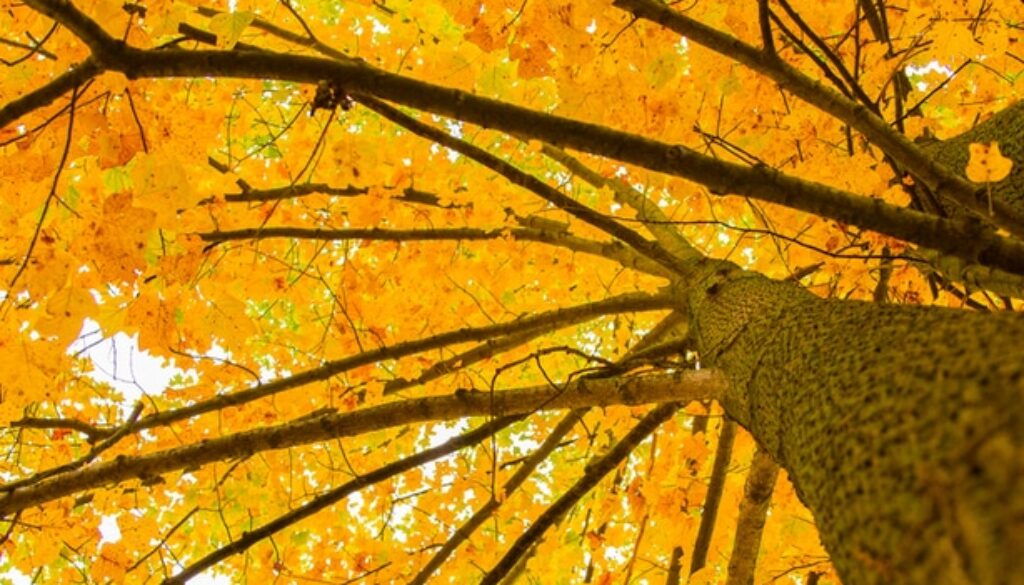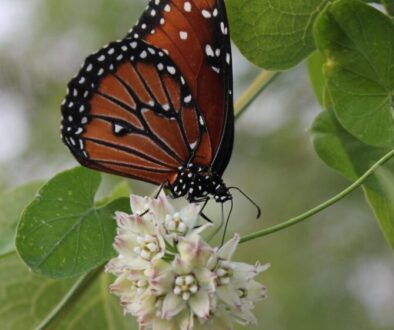Fall Colors from Arizona Trees
By Northeastern U.S. standards, fall tree color comes to Arizona late in the season. Here in the Sonoran Desert, we might see our deciduous trees change to the iconic reds, oranges and yellows of autumn between October and sometimes January. Think of it this way—Arizonans get to enjoy an even longer leaf peeping season.

The Science Behind the Colors
Getting a little scientific for a moment, leaves change color on deciduous trees, trees that shed their leaves in the winter, as opposed to evergreen trees, which tend to keep their leaves on their branches throughout the year. In the warm months, trees are busy producing food to grow. That process is called photosynthesis and produces chlorophyll, which creates the green color in leaves. When seasonal temperatures cool and the amount of daylight shortens, most trees slow down their growth and photosynthesize less. As chlorophyll production declines, other pigments that are always present in leaves gradually dominate over the green. In trees where the leaves turn yellow and orange in the fall, carotenoids are the pigments you see showing through in the leaves. In leaves that turn red to purple in the fall, you see the anthocyanin pigments come through.
Leaf Peeping in Arizona
To leaf peep in Arizona, look along our many waterways and riparian areas. You’ll spot fall color dotting our lower elevation cities, but the most showy fall tree varieties tend to be very large and generally aren’t suitable for urban landscapes. So head for the hills, where you are likely to see a preponderance of native trees that change color in autumn.
Easy to spot where there’s flowing water, Fremont Cottonwood (Populus fremontii) trees turn a gorgeous yellow in fall. Deep red leaves characterize tall Texas red oak (Quercus texana or Quercus buckleyi), the oak variety that is more common in urban landscapes and at lower elevations, while the shorter Gambel oak (Quercus gambelii) grows at higher elevations and shows in bright yellow and orange. At higher elevations, look along streams for the orange fall leaves of Arizona sycamore (Plantanus racemosa var. wrightii), for gold on quaking aspen (Populus tremuloides) and for light yellow on the Arizona walnut (Juglans rupestris var. major).

Add Showy Trees at Home
Want to add some fall color to your home landscape? This author is partial to the shape and color of the non-native Chinese pistache (Pistacia chinensis) tree, whose red and orange anthocyanins and carotenoids burst through in fall. Another tree for urban landscapes is the Arizona ash (Fraxinus velutina), and cultivar ‘Modesto’ is known for particularly splendid yellows. The boxelder (Acer negundo) ‘Sensation’ cultivar turns light pink in fall. In smaller spaces like patios, Pomegranates (Punica granatum) are excellent choices, with stunning reds and oranges, plus edible fruit in autumn. (Note, however, that dwarf varieties of pomegranate will give you a colorful autumn show but produce inedible fruits.)
This is by no means a comprehensive list of native or desert-adapted plants that change colors in autumn in Arizona, but now you have a little bit of the science behind the transformation in leaf color and a lot of pointers on what to look for on your leaf peeping escapades between now and January.




